14 Ways to Help Your COPD Symptoms
Wednesday May 2, 2018 by Marianne Gutierrez 2,844 words
1. Breathing Exercises
Breathing not only brings in oxygen to the blood via the lungs, but breathing also expels carbon dioxide out of the blood via the lungs and out of our bodies. This is known as the gaseous exchange. It is essential not just for supplying very necessary oxygen but for expelling toxic carbon dioxide.
In COPD, the gaseous exchange is impaired due to the causes of COPD, inflammation in the lungs, damaged lung tissue and a narrowing of the airways which all makes breathing difficult.
Not inflating and not deflating the lungs fully can reduce the amount of oxygen absorbed and the amount of carbon dioxide expelled. To encourage better gaseous exchange especially in a COPD condition breathing exercises may help.
While the following information is for those who are shallow breathers not necessarily suffering with COPD, it may help the early stages of COPD and perhaps the latter stages. You should take the following exercise slowly, gently and within your own comfort ratio.
Follow this breathing technique every morning: Breathe in through your nose as fully as you can filling up the lungs as comfortably as possible. Blow the breath out through pursed lips, as if you are blowing up a balloon. Resisting the outward breath causes the diaphragm to be better utilised and the lungs to empty themselves. Blow out for as long as you comfortably can. Do this 3 - 5 times. Then breathe normally for the rest of the day.
This exercise trains the brain to breathe more optimally and may help the condition of COPD.
Remember that re-education of breathing patterns requires time and patience, so that old habits change, and new ones become comfortable. This means that the exercises you do regularly (daily for 5 to 10 minutes ideally) in order to reinforce better breathing, need to be pleasant and easy to perform.
Dragon Images / shutterstock.com
2. Practice a Sitting Position
Often the muscles involved in respiration (the ones attached to the ribs from the neck, chest and lower back) are not doing the work they need to aid the diaphragm inflating and deflating the lungs.
This can cause a shortness of breath. To induce their work, a seated position is suggested to help. Sit on a chair with your feet firmly on the ground and allow your elbows to rest on your knees or arms of the chair with your hands supporting your head. Lean slightly forward and breath in through your nose and out through your mouth. This allows the muscles to work better and you breath better.
Twelve men with COPD participated in the study. Inductive respiratory plethysmography and surface electromyography were used to simultaneously measure TV, RR, and muscle activity of the inspiratory accessory muscles [the scalenus (SM), sternocleidomastoid (SCM), and pectoralis major (PM) muscles] during quiet natural breathing (QB) and pursed-lips breathing (PLB) in three sitting postures: neutral position (NP), with armm support (WAS), and with arm and head support (WAHS). The results suggest that in COPD, PLB {pursed lip breathing] induced a favorable breathing pattern (increased TV [tidal volume] and reduced RR [respiratory rate]) compared to QB [quiet natural breathing]. Additionally, WAS [with arm support] and WAHS [with arm and head support] positions increased muscle activity of the inspiratory accessory muscles during inspiration versus NP [neutral position]. Differential involvement of accessory respiratory muscles can be readily studied in COPD patients, allowing monitoring of respiratory load during pulmonary rehabilitation.
Africa Studio / shutterstock.com
3. Eat Proteins
A review summarizing the repair mechanisms of the lungs written in March 2017 shows promising results for the future healing of the devastating effects of Chronic Obstructive Pulmonary Disease. A particular protein helps in the repair of the tissues of the alveoli. Proteins are the building blocks of life and therefore vital. Calcium also plays an essential role in repair. Lipids (fats) also play their part.
Ca2+ had been shown to be a key component for overall repair success and for the implementation of the above processes, including fusion of lipid vesicles, vesicle translocation to wound sites, and removal of membrane pores.
A diet consisting of proteins from which tripartite motif protein 72 is made in the body may help repair the lungs. Tripartite motif protein 72 (TRIM72) found in striated muscle (muscles that help us move) helps repair connective tissue including the alveoli in the lungs.
In summary, we have shown that TRIM72 is a part of the cell membrane wound repair proteome and that TRIM72 deficiency states are associated with alveolar epithelial cell death in lungs subjected to hyperventilation. This study revealed that a novel membrane repair molecule TRIM72 is present in the lung and is required for effective repair of alveolar epithelial cells.
First class proteins are foods that contain all the amino acids the body needs and from them other amino acids can be made. Those foods are: meat, its fat and gristle, fish, eggs from grass fed kindly cared for animals, and whole milk and cheese from raw whole milk from grass fed, kindly cared for animals. Other foods to help the amino acids including collagen and elastin that are also involved in lung tissue repair are: vitamin C rich foods, calcium and magnesium.
Previous studies have conclusively shown that elastin degradation is a key step in the pathogenesis of chronic obstructive pulmonary disease. Exacerbating the disease process is the inability of lung cells to repair damaged elastic fibers, which leads to permanently compromised lung function and ongoing degenerative disease.
Sea Wave / shutterstock.com
4. Drink Plenty of Water
The water our bodies need for life needs to be a combination of H2O and electrolytes. Electrolytes are minerals that have an electrical charge. The water we drink often does not contain the electrolytes. H2O is the fluid that carries the electrolytes to where they are needed in the body.
H2O because of its nature to attract particles, can attract bacteria and other undesirable elements. Hence all the water purification methods. Water can attract carbon dioxide out of the air if left exposed for long enough, forming carbonic acid. Carbonic acid can then form carbonate which is used to make sparkling water. There are mixed views of whether this is bad for health, long term it can erode calcium and magnesium.
In theory, pure water has a pH of 7. In practice, pure water is very difficult to produce. Water left exposed to air for any length of time will rapidly dissolve carbon dioxide, forming a solution of carbonic acid, with a limiting pH of ~5.7.
Drinking the right water is a fine balancing act and upsetting this balance causes disease.
Water is a solvent because it can dissolve elements. This is how it contains minerals by H2O traveling over rocks attracting the minerals out of the rock into the water. Because of the water’s ability to attract solutes to itself, it is thought to be a good detoxing element. But there is no science to support this supposition. It is the immune system that is designed to rid the body of toxins using hormones, minerals and proteins to activate the processes. Drinking too much water, especially mineral depleted water can cause wear and tear on the kidneys, deplete you of minerals which can cause seizures and brain death.
It is important to drink water but it is the mineral rich water that is essential for life and too much can cause health issues. We only need about 5 to 8 glasses of water a day depending on what we have eaten or how hot the weather is and in this situation a little more may be required.
sebra / shutterstock.com
5. Try to Get a Good Night's Sleep
It is during the night that the body begins the processes of getting rid of toxins and initiates repair mechanisms, which is why it is important to get a good night’s sleep. We have a 24 hour internal clock called the Circadian Rhythm controlled by the hypothalamus which in turn is influenced by light and dark. Light is received via the nerves from the eyes to the brain, initiating the hormone melatonin to be reduced and therefore we wake up. When it is dark, the reverse occurs, melatonin is released and we feel sleepy.
This is why we should go to bed when we are first tired and get out of bed when we first wake up. Eventually you will find your bed time to be about 9pm and your wake up time to be about 5am, giving you about 8 hours sleep. Your sleep too will feel more restorative and refreshing. Ignoring the circadian rhythms has a severe effect on your health as toxins are not adequately removed and repair mechanisms will not be optimal.
A part of your hypothalamus (a portion of your brain) controls your circadian rhythm. That said, outside factors like lightness and darkness can also impact it. When it’s dark at night, your eyes send a signal to the hypothalamus that it’s time to feel tired. Your brain, in turn, sends a signal to your body to release melatonin, which makes your body tired. That’s why your circadian rhythm tends to coincide with the cycle of daytime and nighttime (and why it’s so hard for shift workers to sleep during the day and stay awake at night).
Stock-Asso / shutterstock.com
6. Eat Fruits and Vegetables
It is important, naturally, for those with CoPD to keep infections at bay. Research has shown that those who have a high intake of Vitamin C rich foods such as lemons, limes, oranges, peppers and potatoes have a greater resistance to infections.
Several cells of the immune system can indeed accumulate vitamin C and need the vitamin to perform their task, especially phagocytes and t-cells. Thus a vitamin C deficiency results in a reduced resistance against certain pathogens whilst a higher supply enhances several immune system parameters.
ratmaner / shutterstock.com
7. Give Up Smoking
Smoking is a huge risk factor for those already suffering with COPD, taking any smoke or chemicals into the damaged lungs can only add to the disease. So it’s best to give up smoking entirely with some help from nicotine gum and patches. The lungs are actually designed not only to take in oxygen for the blood, but to remove toxins including nitrogen, a little oxygen, carbon dioxide and thousands of other compounds.
A first line of defense against inhaled foreign organic and inorganic material, the epithelium is not only a tight structural membrane barrier but is also a potent metabolic powerhouse, communicating between the luminal, interstitial and vascular compartments. Here we have emphasized its protective role, for example, against noxious particles and chemicals, combating oxidative stress and excessive proteolytic activity. In addition, we have illustrated some aspects of the crucial role of the epithelium in modulating inflammation, repair and remodeling of the lung. Cigarette smoke has an enormous impact on the epithelium; indeed, it is perhaps surprising that only a small proportion of smokers develop COPD.
Kateryna Kon / shutterstock.com
8. Keep Your Air Clean
An air purifier may be useful for those with COPD as a high-efficiency particulate air (HEPA) filter can also remove an estimated 99 percent of indoor air pollutants.
However, some indoor plants also remove toxins from the air. NASA found that Sansevieria Trifasciata var. laurentii (Mother-in-laws tongue) to be the most efficient with the lovely Peace Lily (Spathiphyllum) a close second. Those with COPD may also benefit from removing synthetic flooring from their home and replacing toxic cleaning materials with green, all-natural products.
A 1989 NASA study explains exactly how plants remove toxins from air by trapping them in their leaves, soil, and roots, and which houseplants clean air the best. … It’s scientific name is Sansevieria laurentii, but common names are both snake plant and mother in law’s tongue.
Ahanov Michael / shutterstock.com
9. Adjust Your Sleeping Position
Mucus is an immune response to a pathogen and inflammation, and builds up in the lungs during the night because of lying flat. This may cause you to wake up to clear your lungs. A cough is a good thing and helps clear the lungs, it becomes a nuisance if the cough wakes you many times during the night.
In health and ill-health it is essential to get enough sleep as sleep is when the body repairs itself and gets rid of toxins. If the cough is disturbing you, sleep with your shoulders and upper back on one large pillow and your head on two pillows so that you are supported in a semi-upright position. Try a sea salt spray or colloidal silver spray to kill the infection and help clear the sinuses. Breathe the spray in and sniff the spray up your nose to get it into the lungs.
UV70 / shutterstock.com
10. Eat Red Meat to Reduce Blueness of the Lips and Fingernail Beds
Blueness in the lips and fingernail beds is known as cyanosis. This is a sign of a lack of oxygen in the arteries from inadequate gaseous exchange in the lungs. However, if there is anaemia present (iron in red blood cells takes the oxygen from the blood vessels in the lungs) the blue finger nails and lips may be a sign of anaemia. Foods that help are red meat for the iron, B12 and folate, animal fats to aid hormones and include all fresh vegetables, bone broths, all meats and eggs that may help repair alveoli.
Tanya Sid / shutterstock.com
11. Stay in Shape
Those who are overweight and have COPD run the risk of having their lungs and heart work even harder to supply their body with oxygen. Those with COPD are concerned they may not be able to cope with exercise to reduce their weight and maintain their shape. This is easily overcome with a gentle program your local fitness centre can help you with. Those who are underweight may not be fuelling their bodies with the nutrients it needs. This is why doctors suggests those with COPD maintain a balanced, healthy weight by eating a nutritious diet and getting regular exercise.
Eight months ago, I used to hate exercise and only joined a gym when I was diagnosed with COPD. But wow – I’m amazed at the difference in what I could do then and what I can do now, and how good I feel after exercising. Any newly diagnosed people – if you can exercise, this is a must.
Goran Bogicevic / shutterstock.com
12. Reduce Stress
Exercising and meditation may improve stress, which will also improve COPD symptoms. Walking in forests increases your oxygen intake as trees exhale oxygen during the day. It’s also suggested to get at least seven hours of sleep, read a book, or sit in a calm and peaceful place until the stressful situation subsides.
Our findings indicate that life event stress was associated with more depressive symptoms and worse quality of life in individuals with COPD, much more than in those without COPD. Further studies should explore the role of cognitive appraisal of stress, coping resources and psycho-social support in this relationship.
Asmiana / shutterstock.com
13. Eat Smaller Portions
As COPD worsens eating can be more restrictive and stressful. Eat smaller meals and portions sizes and cut the food to smaller pieces to reduce the amount of time chewing. Eat several times a day instead of just 3 or 4. If going out for a meal, eat a small portion of something before you go and eat less when out - this will also help with symptoms of the enlarged lungs pressing on the stomach or the movements of the diaphragm pressing on the stomach and a very full stomach pushing against the lungs. As you have to breath in between chewing, smaller pieces of food will allow breathing to be easier.
The key here is not to eat large meals or large portions, but instead eat smaller meals throughout the day. Also do not eat foods that can cause bloating or gas. Drinking plenty of water during the meals will also help ease the bloating. If you use supplemental oxygen, make sure you use it while you eat.
Jose Luis Stephens / shutterstock.com
14. Get Vaccinated
Breathing difficulties for COPD patients is made worse by coughs, colds and infections. COPD flare ups are often caused by a range of different illnesses. To protect yourself, make sure to get a yearly flu vaccine, the pneumonia vaccine at least once before you reach the age of 65, and the whooping cough vaccine.
CDC recommends people with asthma, COPD, or other conditions that affect the lungs get a yearly flu vaccine. If you have a lung condition, you should also getpneumococcal vaccines—once as an adult before 65 years of age and then two more doses at 65 years or older.
Tero Vesalainen / shutterstock.com

16 Warning Signs of Lupus to Watch Out For
1. Unexplained Fever Lupus can affect everyone differently and some may have …
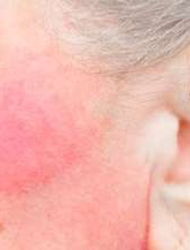
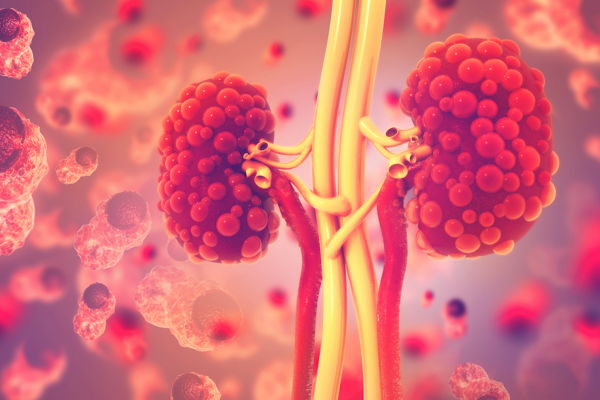
21 Features of Kidney Disease
1. Dizziness Kidney Disease is when the kidneys are not filtering blood …

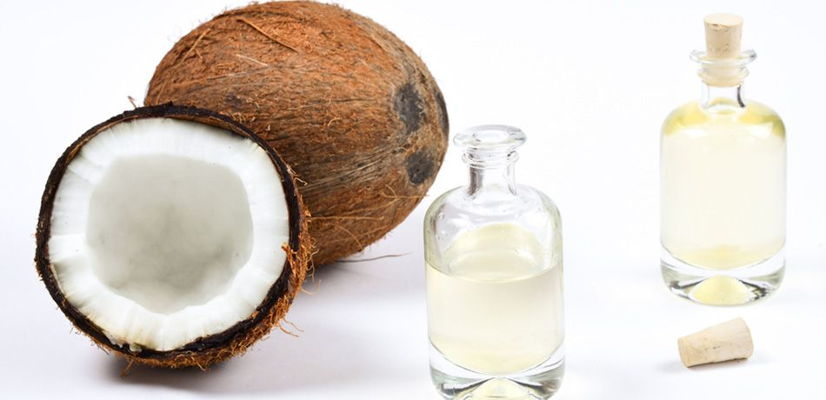
Top 10 Foods to Nourish Your Thyroid
Did you know that the food you eat can affect your thyroid health? Some foods …

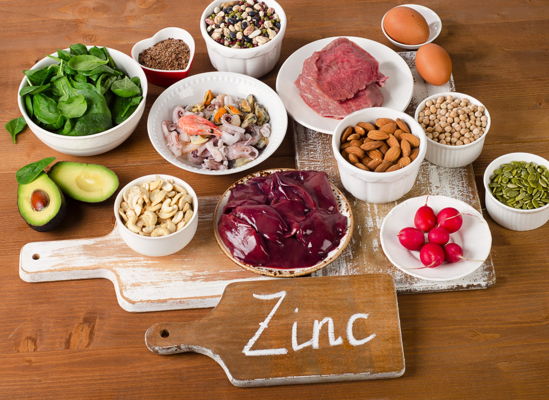
12 Facts About Your Borderline Personality …
1. It's Finally Classified As a Mental Illness Borderline Personality Disorder, …


12 Common Factors That Trigger Rosacea …
1. Makeup Some products used on the face and body or in the mouth ie: make-up, …

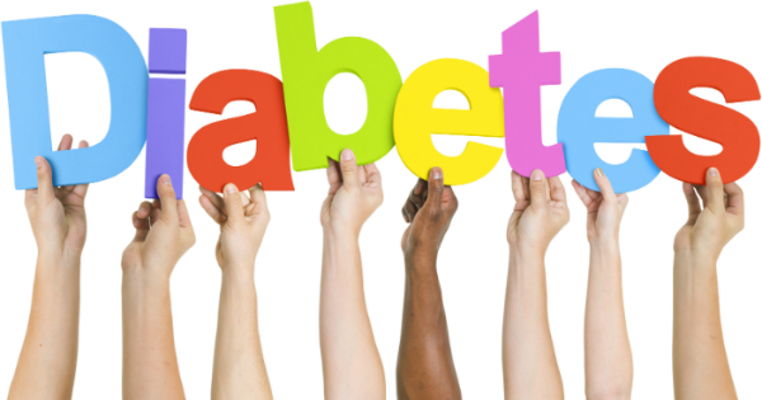
22 Common Symptoms of Type II Diabetes
1. Mood Changes Mood change is sometimes one of the first symptoms to suggest …
